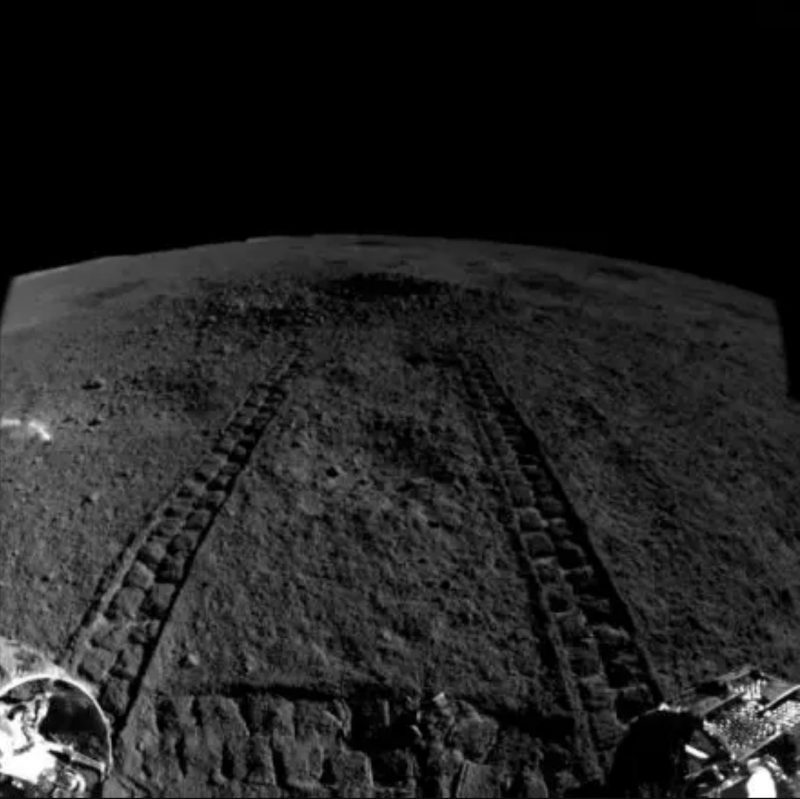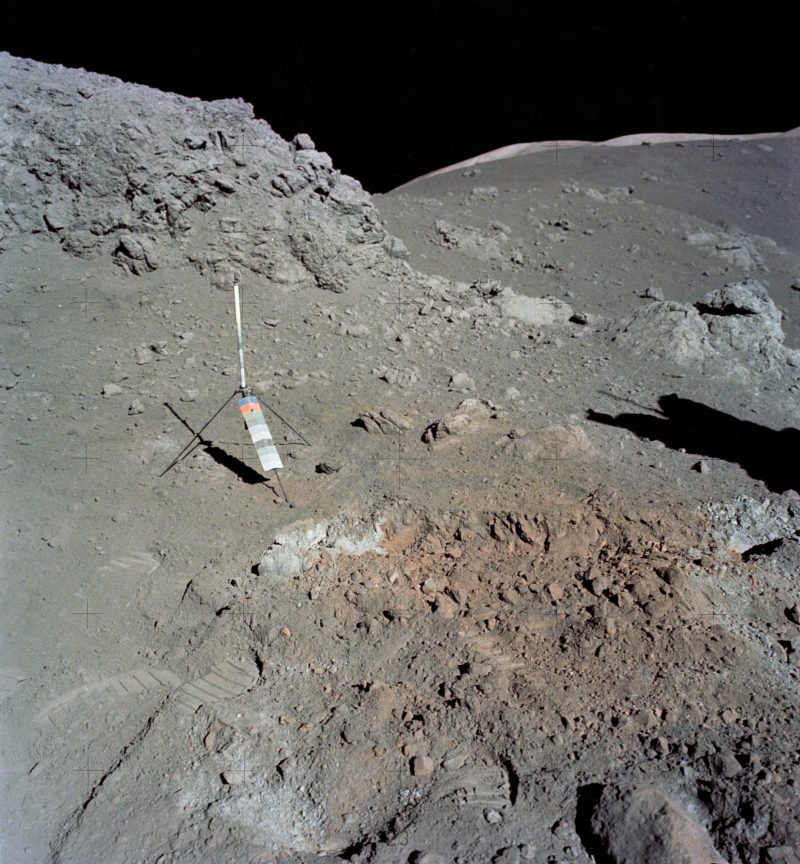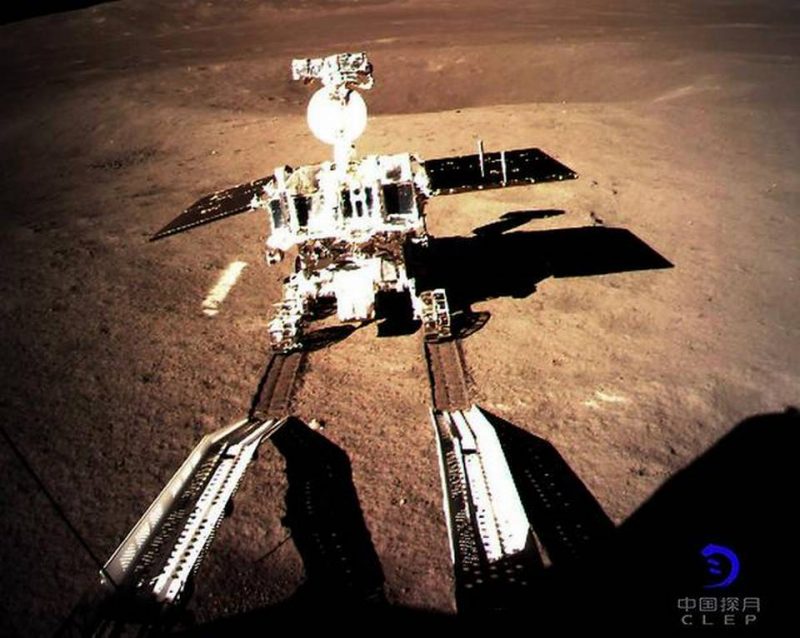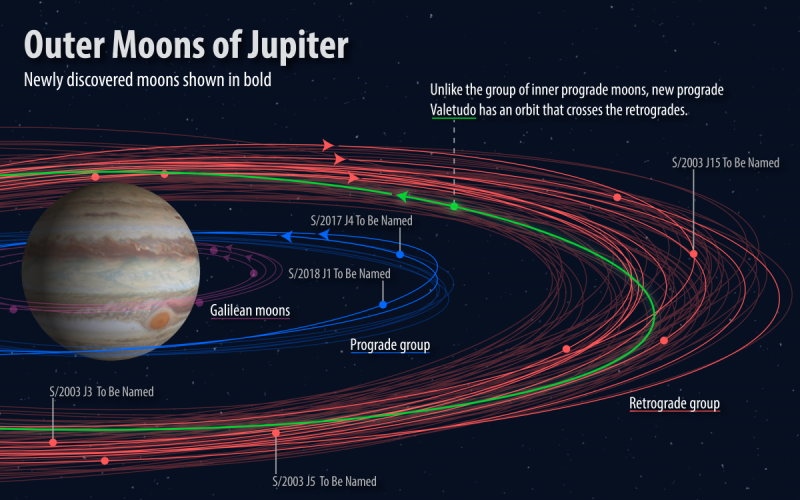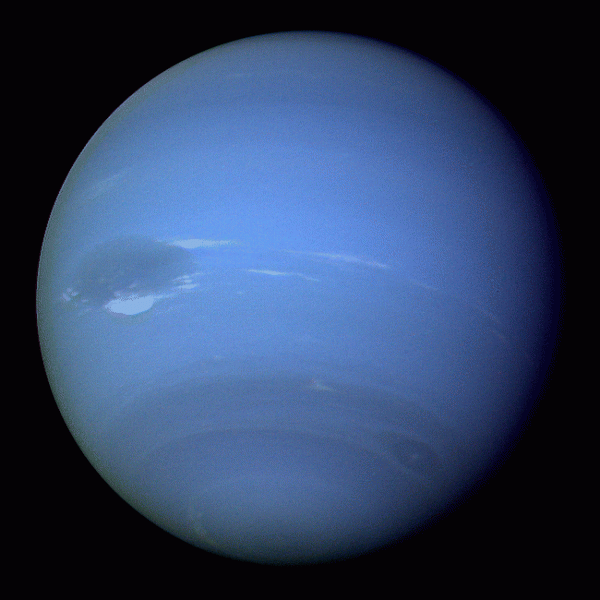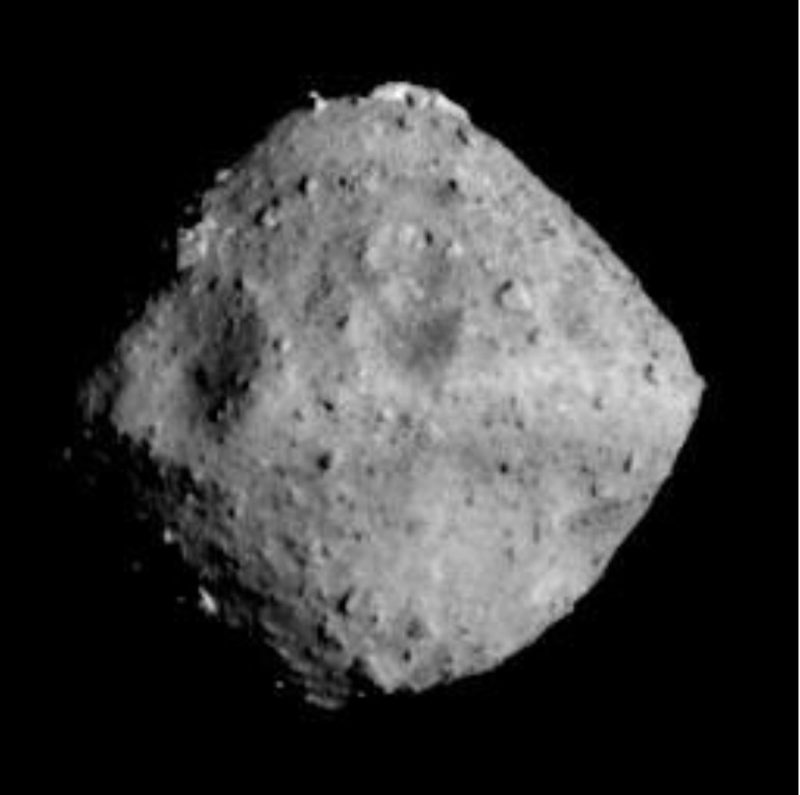
Diagnosing cancer at its earliest and most treatable stages is vital to help more people survive their cancer. But it requires the Government to ensure there are enough NHS staff in place.

Dawn Chaplin, a consultant radiographer, has seen her clinics get busier and busier over the years.
Dawn Chaplin, a consultant radiographer who diagnoses breast cancer, shares her experiences of working for a short-staffed and overstretched NHS.
“It’s very, very difficult – rewarding and unrewarding. I love my job and what I do, but the expectations are unrealistic,” she says.
Chaplin’s role involves taking breast scans and interpreting results, as well as taking biopsies of any lumps she sees. She worked full-time for the NHS for 10 years, before switching to work short-term contracts. She says the pressures have increased year on year.
“It’s completely changed over the last few years, the number of patients we’re expected to deal with has just increased beyond belief for the number of staff.”
Too many patients, not enough time
Chaplin typically runs two clinics a day, one in the morning and one in the afternoon.
“My clinics are enormous now, I’m expected see around 22 patients in my clinic, whereas I would be seeing 12-14 before.”
Despite the increase in numbers, Chaplin says she’s expected to complete each clinic in the same amount of time. This often means one clinic runs into another.
“Last Thursday, the clinic that was due to finish at 12.30pm actually finished at 2pm. But my afternoon clinic was supposed to start at 1.30pm, so already there were patients waiting for the next clinic while you’re still doing the first.”
This isn’t unusual. It means Chaplin rarely has time for a break, leaving her feeling that she’s “on a hamster wheel all the time”. This means more evening and weekend work to catch up.
But it’s not just her wellbeing that’s being affected, she thinks it’s having a big impact on patients too.
“They don’t get as much time with us as they used to be able to get. You try to give the patient as much time as you can but you’re always aware that there are 10 patients waiting outside to come in as well.”
And for Chaplin, the potential consequences are huge.
“Ultimately, I’m worried that people are going to die, because there’s just not enough people to diagnose the cancers in a timely manner.”
Chaplin fears a delay in cancer diagnosis could mean cancers present when they’re bigger, more advanced and more difficult to treat. “I worry it may lead to people dying earlier than they should,” she adds.
‘It’s the same across the country’
This isn’t an isolated problem, says Chaplin, having worked in many hospitals across the country and had the same conversations with colleagues. And it’s having a big impact on staff.
“People with fantastic skills, lovely, hardworking and dedicated people, are leaving to go and work elsewhere – outside the NHS and overseas – for more money and half the amount of stress,” she says.
According to analysis done on NHS staff survey results from 2018, almost 1 in 5 (18%) people are considering leaving the NHS to:
- take up a position in healthcare outside the NHS;
- retire or take an extended break; or
- take up a role outside of healthcare.
That’s on top of the 1 in 10 NHS diagnostic staff jobs that are already unfilled in England. “It’s the most stressful organisation I’ve worked in in my life,” says Chaplin. And this includes time in the RAF.
Time to act
It’s in the hands of the Government to make sure there are enough staff to diagnose and treat cancer early. And with cancer rates increasing and the government target to diagnose 3 in 4 cancers early by 2028, the pressure faced by NHS staff is only going to grow.
“I think the NHS is definitely in crisis, despite what the Government is saying. We need more staff.”
from Cancer Research UK – Science blog https://ift.tt/2A4Z9qb

Diagnosing cancer at its earliest and most treatable stages is vital to help more people survive their cancer. But it requires the Government to ensure there are enough NHS staff in place.

Dawn Chaplin, a consultant radiographer, has seen her clinics get busier and busier over the years.
Dawn Chaplin, a consultant radiographer who diagnoses breast cancer, shares her experiences of working for a short-staffed and overstretched NHS.
“It’s very, very difficult – rewarding and unrewarding. I love my job and what I do, but the expectations are unrealistic,” she says.
Chaplin’s role involves taking breast scans and interpreting results, as well as taking biopsies of any lumps she sees. She worked full-time for the NHS for 10 years, before switching to work short-term contracts. She says the pressures have increased year on year.
“It’s completely changed over the last few years, the number of patients we’re expected to deal with has just increased beyond belief for the number of staff.”
Too many patients, not enough time
Chaplin typically runs two clinics a day, one in the morning and one in the afternoon.
“My clinics are enormous now, I’m expected see around 22 patients in my clinic, whereas I would be seeing 12-14 before.”
Despite the increase in numbers, Chaplin says she’s expected to complete each clinic in the same amount of time. This often means one clinic runs into another.
“Last Thursday, the clinic that was due to finish at 12.30pm actually finished at 2pm. But my afternoon clinic was supposed to start at 1.30pm, so already there were patients waiting for the next clinic while you’re still doing the first.”
This isn’t unusual. It means Chaplin rarely has time for a break, leaving her feeling that she’s “on a hamster wheel all the time”. This means more evening and weekend work to catch up.
But it’s not just her wellbeing that’s being affected, she thinks it’s having a big impact on patients too.
“They don’t get as much time with us as they used to be able to get. You try to give the patient as much time as you can but you’re always aware that there are 10 patients waiting outside to come in as well.”
And for Chaplin, the potential consequences are huge.
“Ultimately, I’m worried that people are going to die, because there’s just not enough people to diagnose the cancers in a timely manner.”
Chaplin fears a delay in cancer diagnosis could mean cancers present when they’re bigger, more advanced and more difficult to treat. “I worry it may lead to people dying earlier than they should,” she adds.
‘It’s the same across the country’
This isn’t an isolated problem, says Chaplin, having worked in many hospitals across the country and had the same conversations with colleagues. And it’s having a big impact on staff.
“People with fantastic skills, lovely, hardworking and dedicated people, are leaving to go and work elsewhere – outside the NHS and overseas – for more money and half the amount of stress,” she says.
According to analysis done on NHS staff survey results from 2018, almost 1 in 5 (18%) people are considering leaving the NHS to:
- take up a position in healthcare outside the NHS;
- retire or take an extended break; or
- take up a role outside of healthcare.
That’s on top of the 1 in 10 NHS diagnostic staff jobs that are already unfilled in England. “It’s the most stressful organisation I’ve worked in in my life,” says Chaplin. And this includes time in the RAF.
Time to act
It’s in the hands of the Government to make sure there are enough staff to diagnose and treat cancer early. And with cancer rates increasing and the government target to diagnose 3 in 4 cancers early by 2028, the pressure faced by NHS staff is only going to grow.
“I think the NHS is definitely in crisis, despite what the Government is saying. We need more staff.”
from Cancer Research UK – Science blog https://ift.tt/2A4Z9qb


